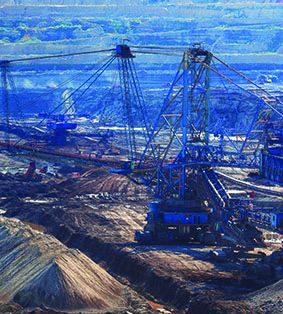Gold mining companies are boosting their exploration spending following four years of steep declines. But the supply of new gold will be limited, which will provide support for gold prices.
A new analysis from S&P Global shows the gold mining industry this year raising exploration budgets by 22 percent to $4 billion. But only half of that amount is allocated towards what S&P Global describes as “discovery oriented gold exploration”—searching for new sources of gold— just 1/3 of what the industry spent during the peak year of 2012. In the past five years there has been a 40 percent drop in the number of companies actively exploring for gold, according to S&P Global.
That’s why investment analysts are forecasting a decline in gold production, particularly because it requires several years for a mine to yield actual gold. Natixis Global Asset Management points to a drop of 1.1 percent during the first half of 2017, which it predicts will be the start of a long-term trend of lower gold output; Macquarie Research warns of an “essentially bare” cupboard of large, new deposits; And, National Bank Financial forecasts a production cliff in 2021 for major miners that fail to invest in exploration. Earlier this year, National Bank predicted a 1/3 drop in gold production between 2021 and 2025 for the 17 publicly-held gold miners it tracks.
Latin America is where the biggest gold ore discoveries have been made in recent years. But S&P Global predicts much of the gold will not be mined, due in part to high costs. Miners in Latin America face relatively high site costs for labor, equipment and energy, and must pay high royalties to federal governments. In addition, environmentalists dedicated to protecting rainforests are presenting stiff opposition to mining plans, particularly in Brazil, where a federal judge recently rejected President Michel Temer’s effort to open a large portion of the Amazon forest to mining.
Real Time Precious Metals Data Below







